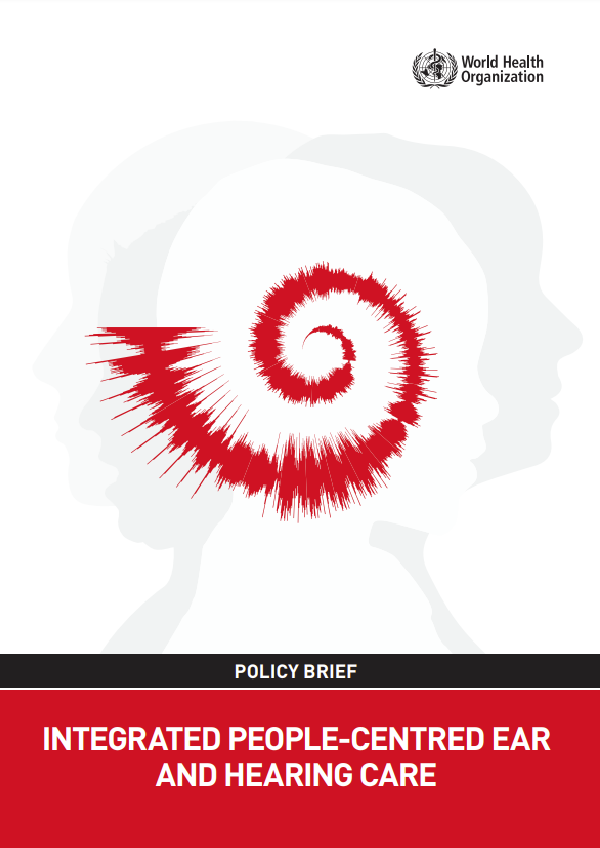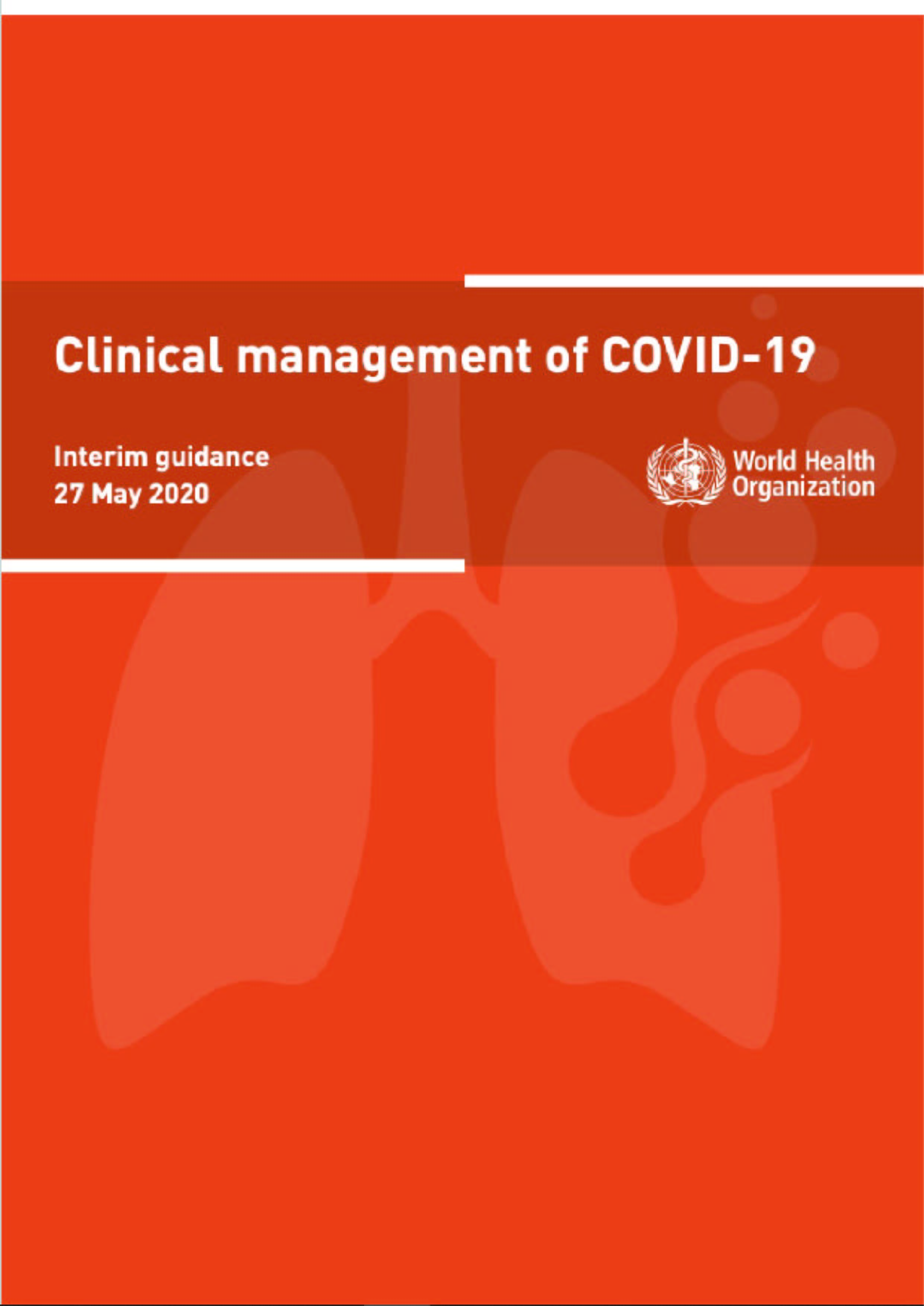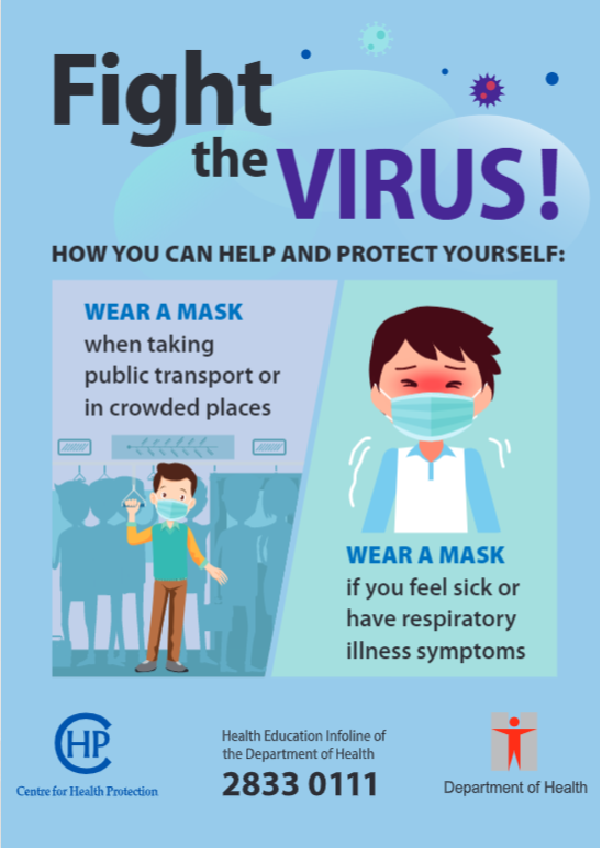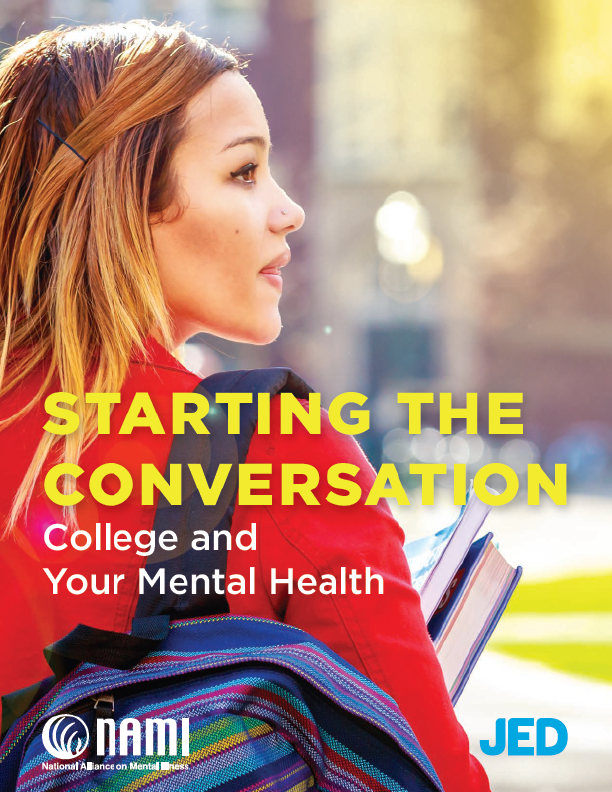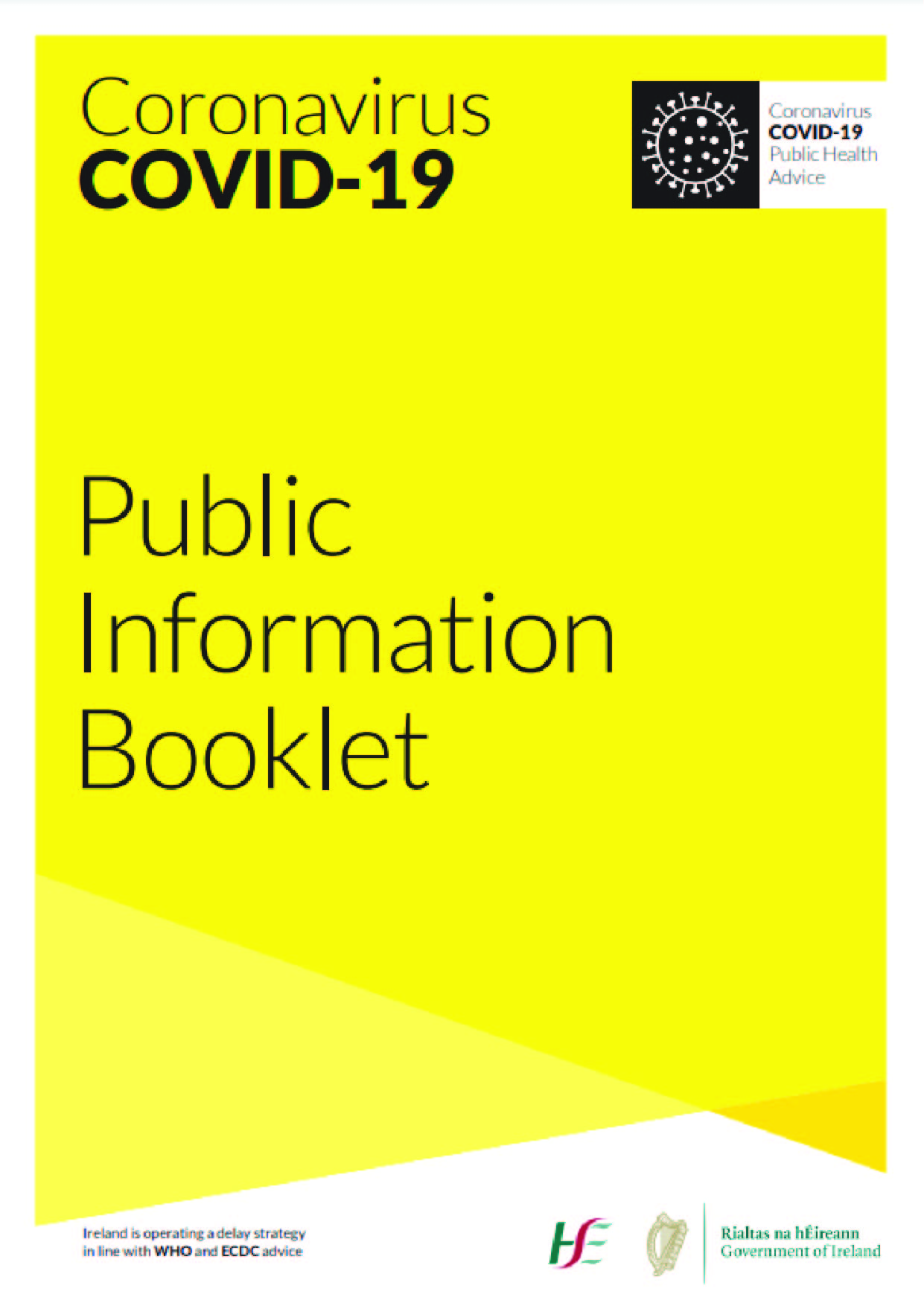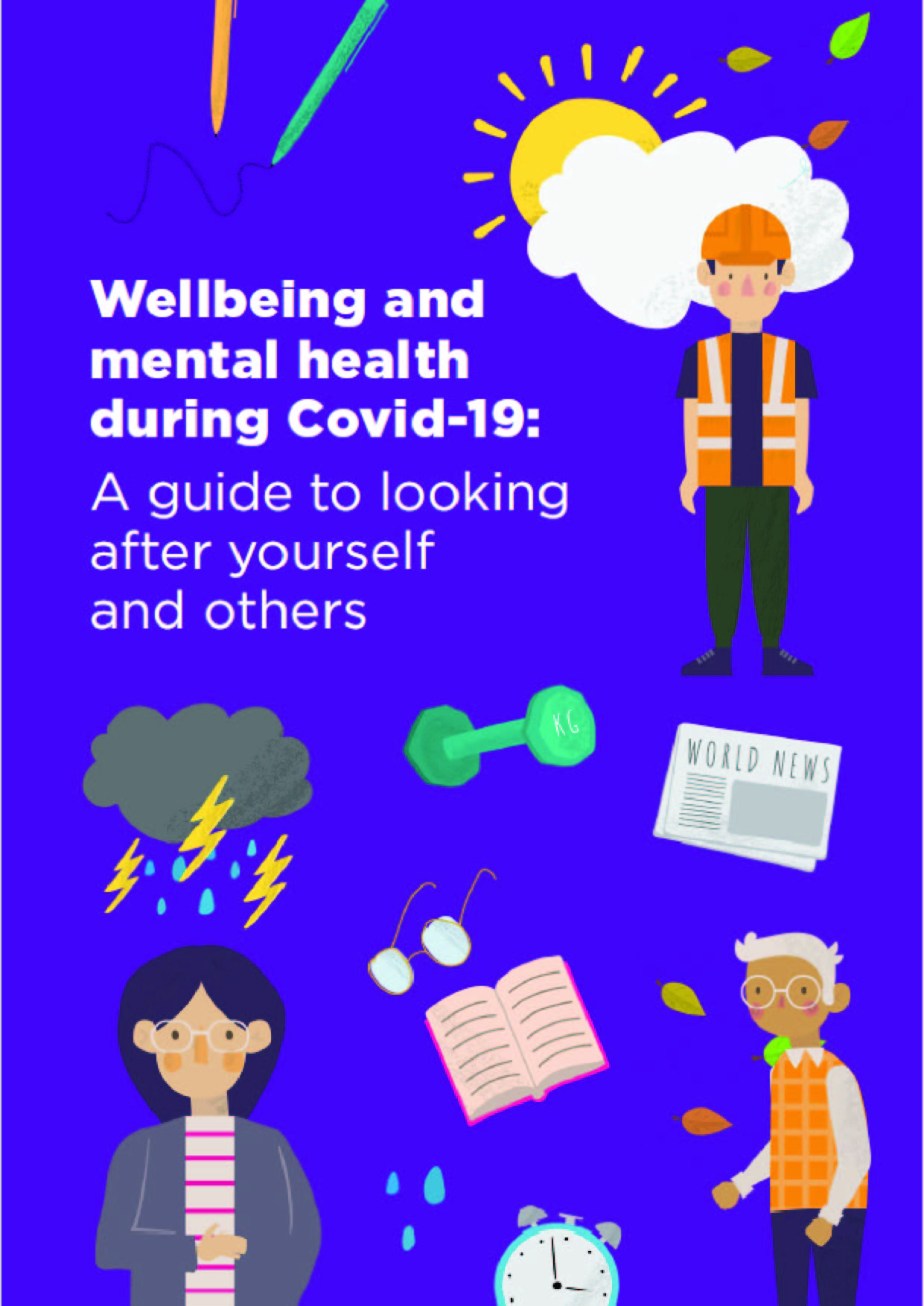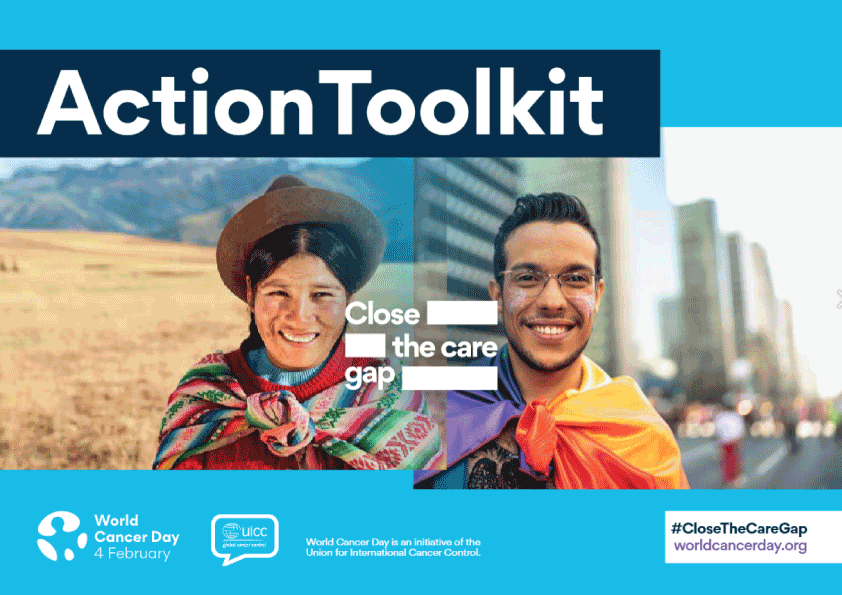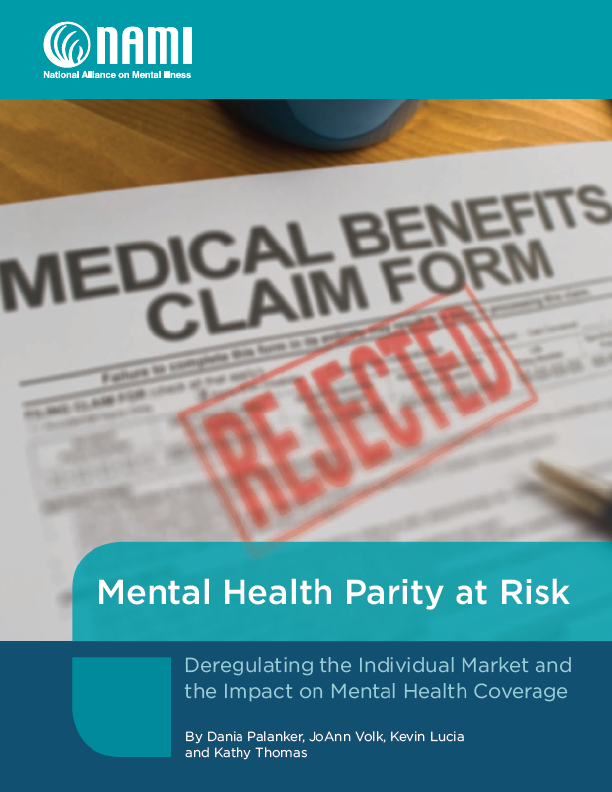Hearing is the sense that allows us to perceive the sounds around us and, through these sounds, engage with our environment. It is the medium through which we most commonly communicate with others, express our thoughts, gain education and engage socially throughout the course of our lives. Globally more than 1.5 billion people experience some decline in their hearing capacity during their life course, while many more are at risk of hearing loss due to avoidable causes. To address the needs of people living with, and at risk of, hearing loss and related ear diseases, WHO proposes an integrated people-centered approach to ear and hearing care service provision.
WHAT IS THE WHO VISION OF IPC-EHC?
Through IPC-EHC, WHO envisions all people having equal access to quality ear and hearing care as part of health services that meet their needs across their life course. An IPC-EHC approach respects social preferences; is coordinated across the continuum of care; is comprehensive, safe, effective, timely, efficient, and acceptable; and has a motivated, skilled workforce that operates in a supportive environment.
WHAT DOES THIS MEAN?
Adopting an IPC-EHC approach to care means that people with or at risk of hearing loss or ear disease will receive improved services that:
- include health promotion, prevention, identification, management, and rehabilitation services;
- are delivered through a strengthened health system;
- are made accessible through a reoriented model of care that prioritizes service provision at primary and community levels, and that is coordinated through efficient referral pathways;
- do not pose undue financial hardships to the people in need of services;
- are supported by suitable policies and governance mechanisms;
- address the barrier of knowledge and empower individuals and communities; and
- include links across health programs and with non-health sectors.
WHY IS IPC-EHC IMPORTANT?
Governments should consider including IPC-EHC in their national health care programs and policies for several reasons:
- without IPC-EHC, governments will be failing all those with hearing loss and related ear conditions by depriving them of the right to achieve the highest possible standard of health, functioning, and well-being; and of the possibility of communicating optimally with others;
- hearing loss, when unaddressed, impacts many aspects of life: communication is challenging; language and speech development in children is hampered; and cognition, education, employment, mental health, and interpersonal relationships can all be negatively affected;
- the need for ear and hearing care is increasing. Currently, more than 430 million people worldwide require management and rehabilitation services, while more than 1 billion are at risk of developing hearing loss due to avoidable risk factors. It is projected that by 2050, more than 700 million people will need hearing rehabilitation services;
- many common causes of hearing loss, such as ear infections, noise exposure, unsafe listening, rubella, and meningitis are preventable. An estimated 60% of hearing loss in children can be avoided through public health measures. Action is urgently required to address these causes to curtail the growing need for ear and hearing care in the coming decades;
- innovative solutions, are available, including those that are clinically, technologically, and environmentally cost-effective, that can benefit most people with hearing loss and provide opportunities for them to achieve their full potential;
- despite recent advances in hearing care and technology, only 17% of those in need currently benefit from services, thereby indicating a substantial gap in service provision;
- governments must ensure that everyone in need can benefit from technological and clinical advances in ear and hearing care. This can be achieved through implementing sound public health strategies which expand the reach of these advantages to all, especially those in underserved and remote parts of the world;
- scaling up ear and hearing care services across the life course is a good financial investment that can benefit nearly 1.5 billion people globally and bring a return of nearly US$ 16 for each dollar invested during the next 10 years.
